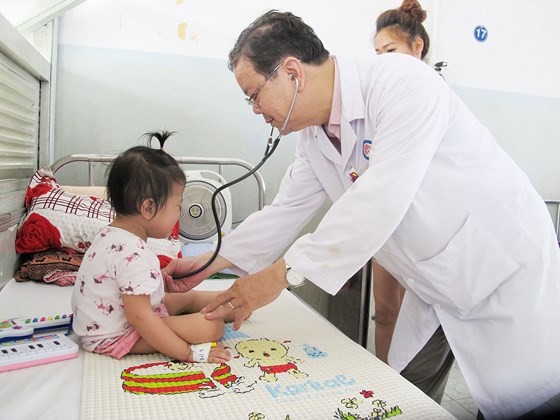
Speaking at the meeting, program Chairman cum director of Pham Ngoc Thach hospital Dr. Nguyen Huu Lan said that thanks to the pilot project “ Zero Tuberculosis Vietnam” being run in the city, the social network Hacene helped discovering tuberculosis patients, screening people usually contacting with tuberculosis patients and those who are at the risk of contracting the disease.
Especially, devices including 14 Gene X-Pert that have helped to diagnose and detect the infected people within a few hours, even helped discovering multi -drug-resistant tuberculosis for early treatment.
However, Dr. Lan said spending on researches and the preventative task and treatment is less than spending Ford HIV/AIDS and malaria prevention though tuberculosis does harm on people’s health condition is bigger.
Accordingly, Dr. Lan petitioned that the government should look for different sponsors who can finance tuberculosis prevention, discovery and treatment; moreover, the tuberculosis prevention and the HIV/AIDS prevention programs should cooperate.
Deputy head of the Health Department Dr. Hung said 20 percent of tuberculosis people in the community have not been detected and they are spreading the disease to others, making it difficult for Vietnam to achieve the goal of 20 tuberculosis over 100,000 people by 2030.
Therefore, Dr. Hung said that it is urgent to detect these people. District level medical workers should go to each household to administer tests for every people.
Asides from that, public and private infirmaries should work closely together in treating tuberculosis, especially providing non-public clinics with equipment so that they can cure patients thoroughly in a bid to reduce the number of people who stop treatment procedure halfway, leading to drug-resistant tuberculosis
























